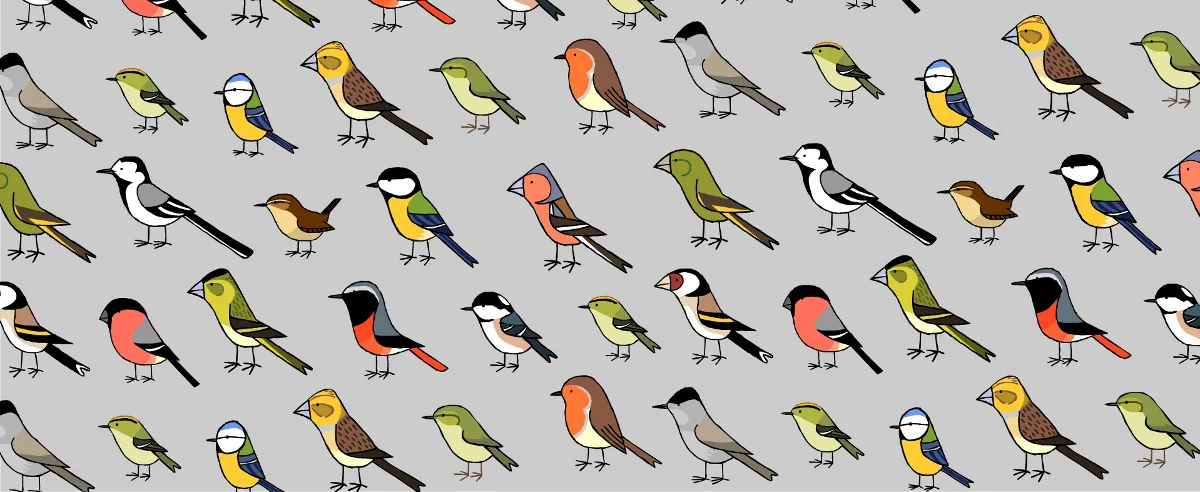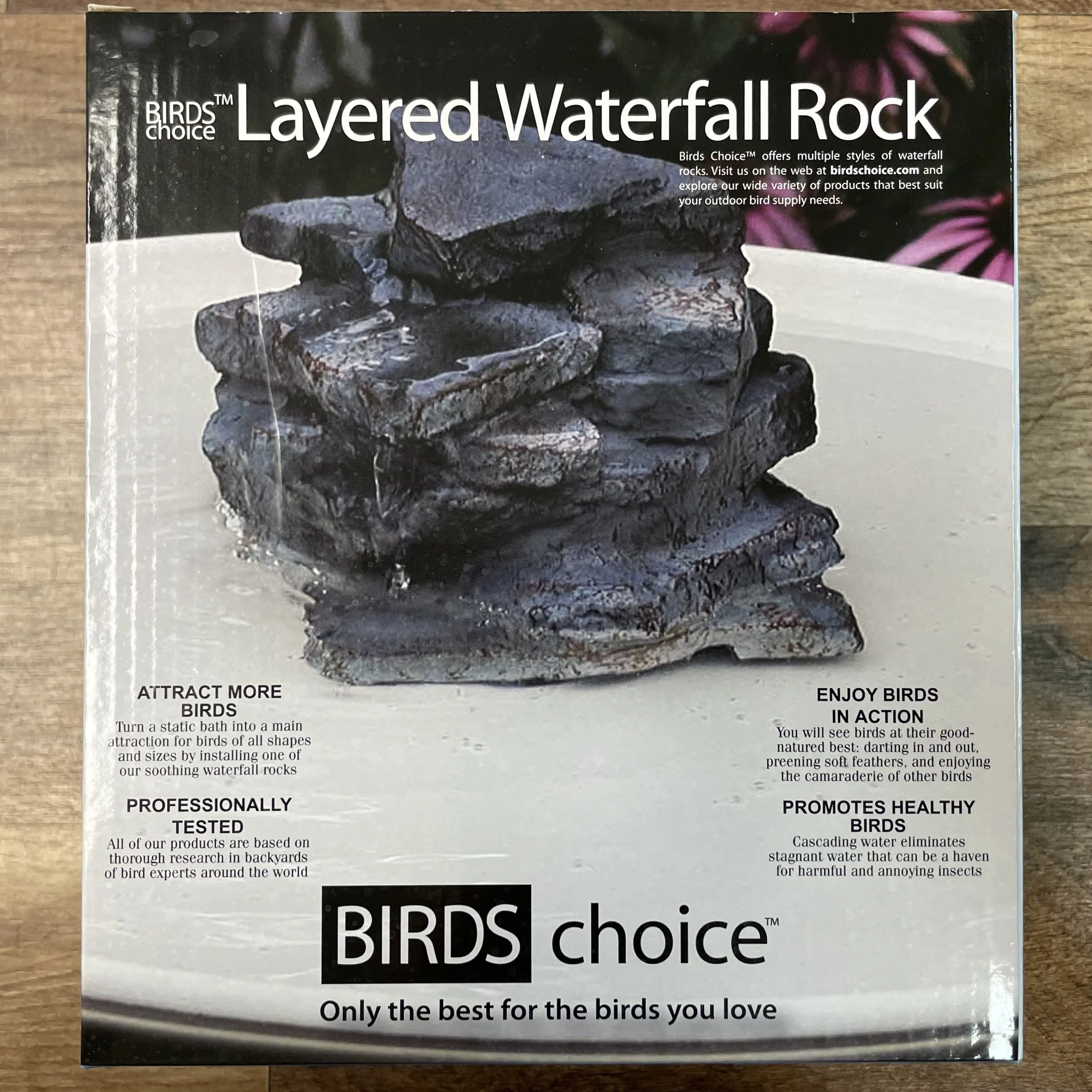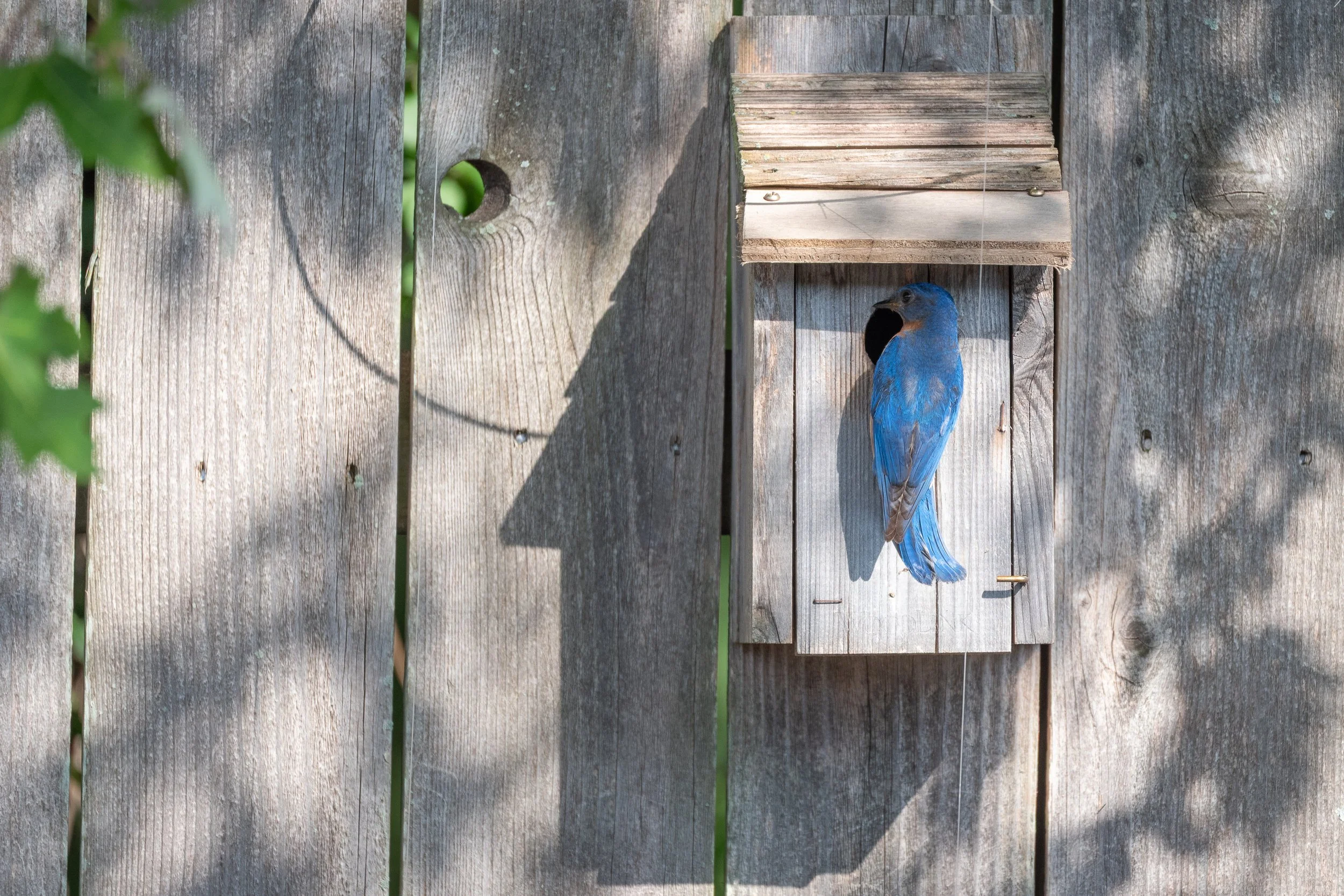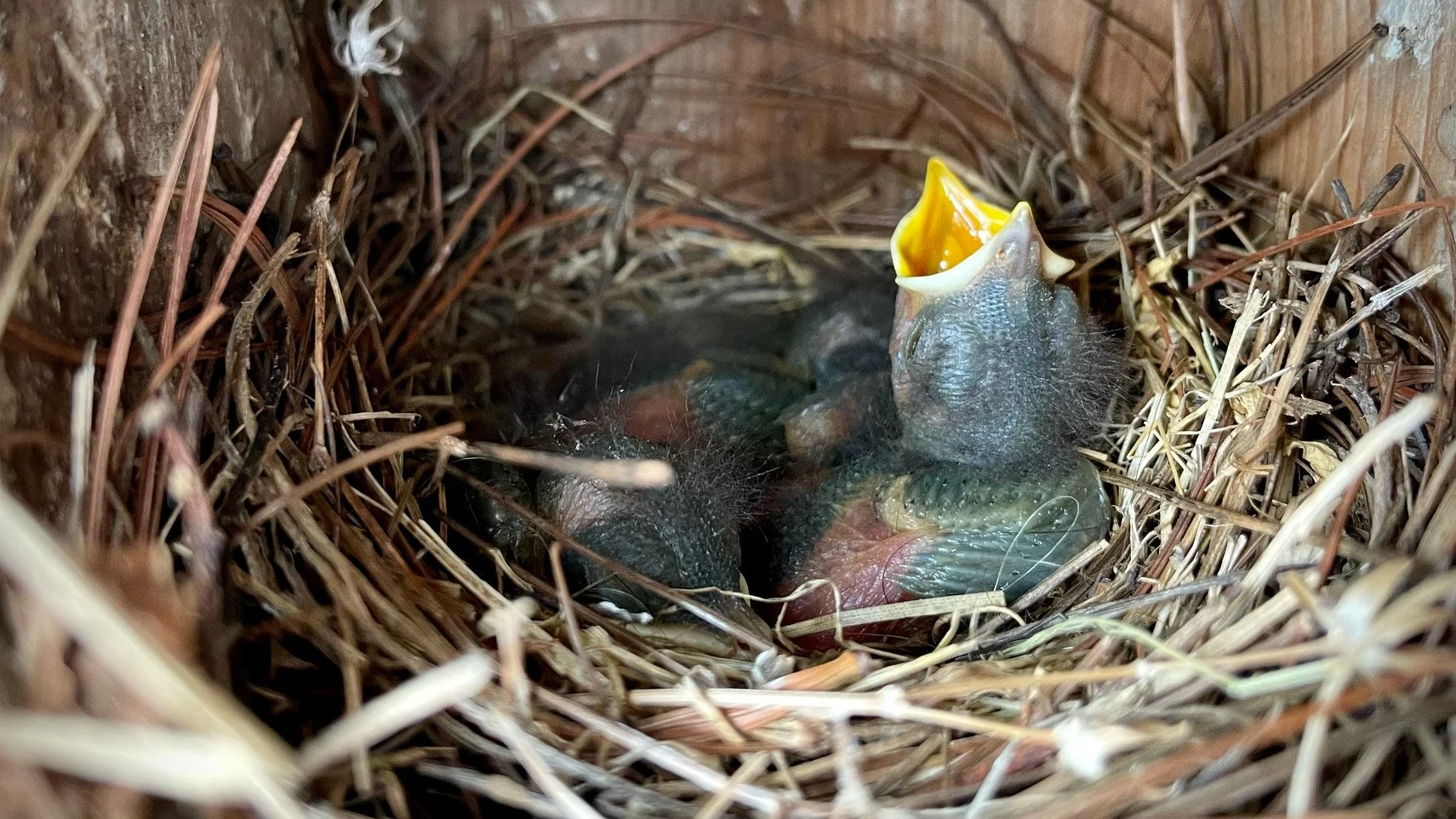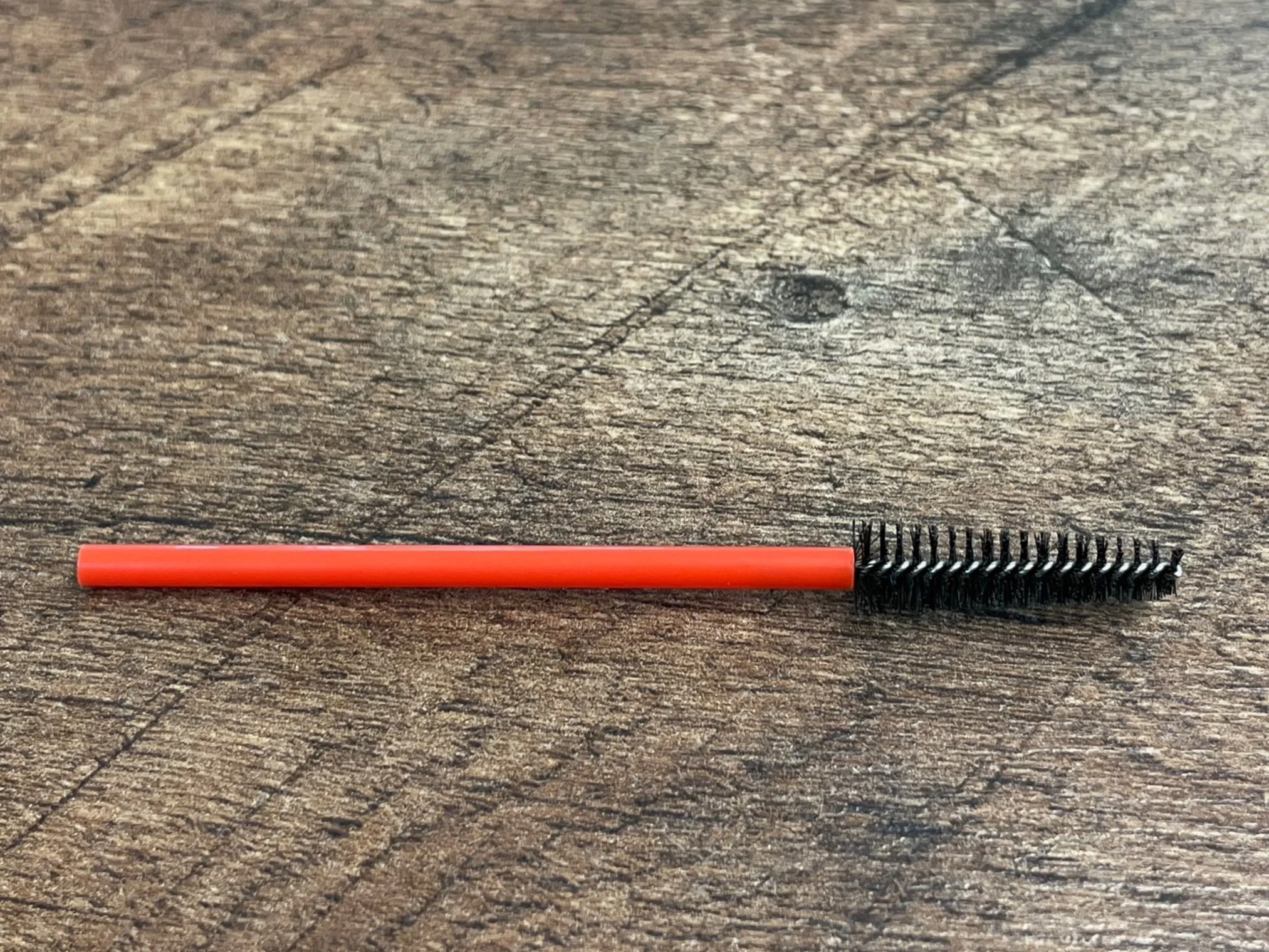Happy Independence Day! This Fourth of July, in celebration of our freedom from the Kingdom of Great Britain, what more fitting bird bio could I write than that of the Bald Eagle? Although… Sure, I could type up a page or so about the bald eagle, how they mate for life, their decline followed by their incredible comeback, and how they now nest here in middle Tennessee, but that all seems a little too ordinary for this extraordinary day. (For those of you wanting to take a deep dive into the Bald Eagle, I will link to the Cornell Lab of Ornithology page here) However... America doesn’t do ordinary things, and neither do we here at the Wood Thrush Shop. Therefore, without any further adieu, let’s take a deep dive into the Bald Eagle’s place in American history.
Choosing the Bald Eagle
As Americans, we are all likely familiar with the Bald Eagle. Us bird watchers can conjure in our mind’s eye the majestic sight of these massive eagles soaring effortlessly overhead. As our national symbol, even non birdwatchers have almost certainly seen these birds, whether on $1 and $20 notes, sports mascots (Fly Eagles, Fly!) or even red white and blue tank tops that can be found in certain large department stores in June and early July. However, the Bald Eagle has not always been the ubiquitous symbol that it is today.
The Bald Eagle first landed officially in American history in 1782, when it was approved for use on the Great Seal of the United States. However, its path there was anything but straightforward. Beginning in 1776, three separate congressional committees tried and failed to submit a design that could win the approval of congress. Proposed designs included everything from Biblical depictions, Saxon chiefs, and even Hercules. However, Congress failed to approve any of these designs. It was not until Charles Thomson, the Secretary of Congress, took over the task after the third committee and began to combine elements from the previous designs that our current seal took shape. During the third committee, an artistic lawyer out of Pennsylvania, William Barton, included a small white eagle in his submission. At Thomson’s suggestion, the eagle reached new heights, becoming the focal point rather than a mere design element. To distance the design from that of the eagles used in European and Asiatic heraldry dating back millennia, Thomson chose the North American native Bald Eagle, and the rest, as they say, is history. Congress approved Thomson’s design on June 20th, 1782 and our Great Seal and a national icon was born.
Did Benjamin Franklin Really Want a Turkey For the Great Seal?
Many of us have probably heard at some point in our lives that Benjamin Franklin lamented the choice of the Bald Eagle for our Great Seal, lobbying instead for the inclusion of a Turkey. However, this is not true. While he was a member of the first committee I mentioned early, his submission did not include a turkey, nor did it include any other species of bird. In a letter to his wife detailing the different submissions, John Adams described Benjamin Franklin’s design as follows:
“Dr. F. proposes a Device for a Seal. Moses lifting up his Wand, and dividing the Red Sea, and Pharaoh, in his Chariot overwhelmed with the Waters.—This Motto. Rebellion to Tyrants is Obedience to God.”
While this doubtlessly would have made for an interesting design (imagine Walmart selling tank tops featuring Moses lifting his wand to part the Red Sea and the waters engulfing the Pharaoh in his chariot for Fourth of July!) it begs the question: Where does his dislike of the eagle and his praise of the turkey come from? The answer can be found in a 1784 letter to his daughter where he is criticizing the hereditary Society of the Cincinnati. It is here where his famous quote
“For my own part I wish the Bald Eagle had not been chosen as the Representative of our Country. He is a Bird of bad moral Character. He does not get his Living honestly.”
originates. The society for their crest adopted a similar design as the Great Seal, which Franklin poked fun at, describing it as looking more like a turkey. He then goes on to add
“For in Truth the Turkey is in Comparison a much more respectable Bird, and withal a true original Native of America. Eagles have been found in all Countries, but the Turkey was peculiar to ours,” and “He is besides, tho' a little vain and silly, a Bird of Courage, and would not hesitate to attack a Grenadier of the British Guards who should presume to invade his Farm Yard with a red Coat on."
So, while Franklin’s opinion of the Bald Eagle was not high, he never did go so far as to lobby for the turkey to be our national symbol.
Old Abe: America’s Most Iconic Bird
The story of Old Abe is one of the Civil War’s more intriguing side stories. Captured as an eaglet by a Chippewa man in Wisconsin in the spring of 1861, the young bird changed hands a couple of times before finding himself in the company of a group of Wisconsin volunteers. They named him “Old Abe” after president Abraham Lincoln, and when the volunteers were mustered into the 8th Wisconsin Volunteer Regiment, Old Abe was sworn in with them. The eagle went on to become the mascot of the regiment, going into 36 battles and skirmishes of the Western Theatre, including the major battles of Corinth and Vicksburg. The soldiers built a special shield shaped perch for him, atop which he marched into battle right alongside the regiment’s colors. It was during the Skirmish of Farmington, near Corinth, Miss., that Old Abe cemented himself as an American icon. After the company Captain was killed, the eagle allegedly spread his wings and began to scream, giving encouragement to the men in what was to become a Union victory.
Old Abe went on to accomplish what nearly 700,000 men were not so fortunate to do, which was to survive the Civil War. In his post war years, he was declared a “war relic” by the state of Wisconsin and went on to live a life of luxury, with a special “Eagle Department” created for him. He enjoyed two private rooms in the state capitol building, as well as a full time caregiver and even his own bathtub!
Wisconsin’s favorite bird died as heroically as he lived. When a fire broke out in the capitol building, it was Old Abe’s calls that alerted people to the imminent disaster, and the fire was extinguished before it could cause significant damage. Sadly, he passed away in the safety of his caretaker's arms shortly thereafter, a victim of smoke inhalation.
However, even death itself couldn’t end of Old Abe’s story! In the modern day, he lives on as the official mascot for a certain airborne division of the United States Army, based right in our backyard up in Fort Campbell, KY. That’s right! The 101st Airborne Division, nicknamed the Screaming Eagles, are named in honor of Old Abe, Wisconsin’s avian hero of the Civil War.
Store Updates
For those of you who made it this far with me, I hope you all enjoyed learning about the Bald Eagle’s place in American history as much as I did! In other news, the Wood Thrush Shop will be open normal hours, 10:00-5:00 Saturday, July 5th. For our mealworm customers, we were able to get our shipment in last week and are well stocked on worms. We hope you all have a fun and safe Fourth of July, and we look forward to seeing you soon. Happy birding!

